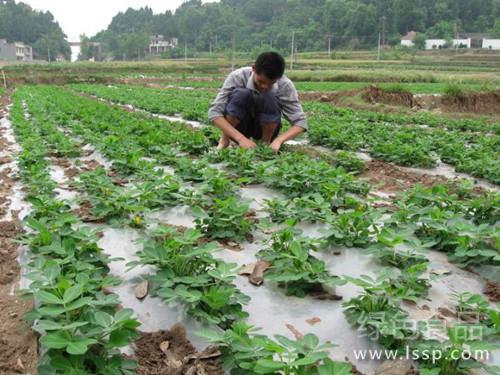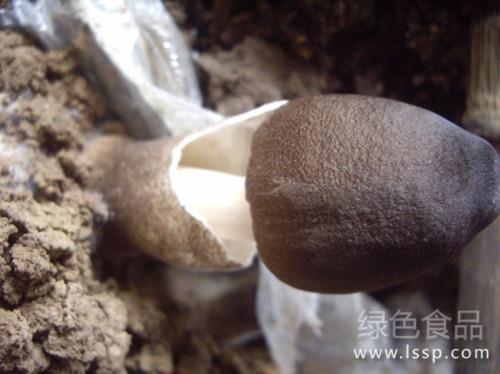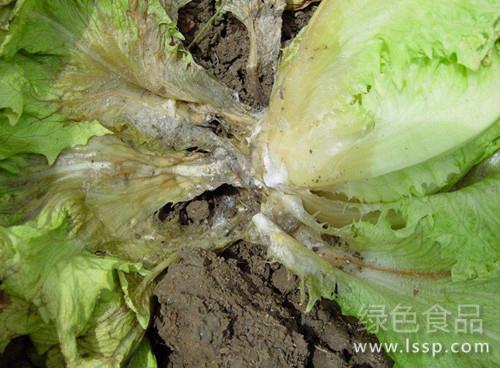The method of applying soil and fertilizing Qinggu squatting Seedling to promote the Rapid growth of Peanut

Peanut field management
First, clear squatting seedlings: after emergence, peel away the soil at the base of peanut seedlings around to expose two cotyledons. This can promote the early initiation of the first pair of lateral branches of peanut, shorten the internodes of the stem, achieve seedling sturdiness, advance flower bud differentiation, which is conducive to high yield. According to the experiment, the yield of Qinggu squatting seedlings is about 10% and 20% higher than that of unclear squatting seedlings. Ching Gu should master the time and depth. In the basic homogeneous seedling, when two true leaves can be seen in the main stem, the highland barley is young too early and the resistance is weak; the thin and weak lateral branches can not achieve the purpose of clearing the plant. Depth to the two cotyledons exposed to the soil shall prevail, too shallow the first pair of lateral branches are still in the soil, can not play a clear role; too deep, easy to pick out the germ, resulting in seedling lodging, not conducive to growth, clear for 15 days before ploughing and loosening the soil.
Second, the whole plant pressing ring: in the early flowering stage, combined with hoeing and clearing trees, it is best to press the soil on the base of peanut seedlings with wet soil, so that each litter of peanut seedlings grow in three directions and tilt to the surface. Before and after the peanut closure and the first flowering stage, the peanut was pressed in the middle of each litter with a circle with a straight diameter of about 30cm, so that the peanut crept on the ground in three different directions. In this way, compared with conventional cultivation, the disease is reduced. The branch grows well, the fruit range increases, and the yield of peanut can be increased by about 10% to 15%.
Third, scatter the soil in time: when a large number of peanut fruit needles are buried in the soil, a small number of fruit needles cannot be buried in the soil, and some fruit needles are not long when they touch the soil. At this time, holding fine wet soil on the spot and sprinkling it from the top can improve the penetration rate of fruit needle, fruit setting rate and full fruit rate. According to the experiment, the yield can be increased by more than 5 kg per mu by sowing the soil in time after the full flowering period.
Fourth, topdressing calcium fertilizer: peanut needs a lot of calcium and phosphorus during fruiting stage. Gypsum and calcium superphosphate are beneficial to fruit shell formation, increase full fruit rate and increase seed oil content. The method is: after the fruit needle is put into the soil, combined with irrigation, such as alkaline soil, 5kg / mu gypsum is applied, and calcium superphosphate is applied in neutral soil. If 2% superphosphate solution is used for foliar spraying, the effect is better.
Fifth, increase the application of boron fertilizer and molybdenum fertilizer: practice has proved that the application of boron fertilizer and molybdenum fertilizer to peanuts can increase production by more than 10%. Application method: 50 kilograms of 0.3% borax solution was sprayed on the leaves at the early flowering stage, and 50 kilograms of 0.15% ammonium molybdate solution was sprayed on the leaves during the growing period.
Sixth, disease prevention: in the middle and later stages of peanut growth, it is easy to be infected with leaf spot and peanut rust, so it should be prevented and treated in time.
- Prev

Matters needing attention in planting volvariella volvacea with improper loss of nutrients and moisture
Matters needing attention in planting volvariella volvacea with improper loss of nutrients and moisture
- Next

Control methods of root rot lettuce lodging lettuce soft rot
Control methods of root rot lettuce lodging lettuce soft rot
Related
- Fuxing push coffee new agricultural production and marketing class: lack of small-scale processing plants
- Jujube rice field leisure farm deep ploughing Yilan for five years to create a space for organic food and play
- Nongyu Farm-A trial of organic papaya for brave women with advanced technology
- Four points for attention in the prevention and control of diseases and insect pests of edible fungi
- How to add nutrient solution to Edible Fungi
- Is there any good way to control edible fungus mites?
- Open Inoculation Technology of Edible Fungi
- Is there any clever way to use fertilizer for edible fungus in winter?
- What agents are used to kill the pathogens of edible fungi in the mushroom shed?
- Rapid drying of Edible Fungi

